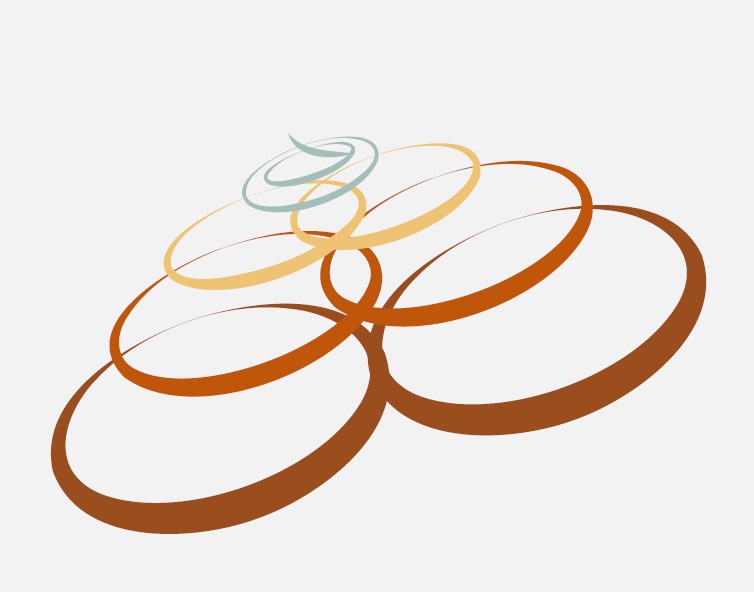The Enneagram
Have You Ever…
Argued passionately to be “right”, only in retrospect to feel it was a hollow victory?
Felt happy to be “behind the scenes, making things happen”, only later to feel unappreciated?
Achieved outrageous success and still felt a bit like a failure?
Acted extraordinary and felt incurably ordinary?
Believed the answer to all problems lies in information?
Focused more on the difficulties than opportunities at hand?
Brainstormed brilliantly and gotten bored with the follow-through that gets results?
Moved mountains for someone and alienated them in the process?
Facilitated “peace” at the expense of you?


The Enneagram:
Clearly, we appear to have inexplicable differences. Typically, our understanding is limited by our own frame of reference. The Enneagram, an ancient system of understanding personalities and their core motivations, is a tool that helps us release our limited points of view, in turn broadening our understanding and appreciation of our differences. More than any tool we have encountered, it helps us to learn to be truly empathic towards others and their way in the world, while keeping our own perspective. It is a way of getting to know ourselves and others from the inside out.
The word Enneagram is derived from the Greek words enneas meaning nine and gramas meaning points – literally nine points. The system describes nine fundamental personality types, their core motivations and ways of relating in the world, each with its own gifts, natural limitations and blind spots. This idea of nine personality types links it to the mysteries of many philosophical/religious traditions, and its psychological wisdom is consistent and compatible with modern personality theory.
As a system of self-understanding, the Enneagram goes beyond other personality typologies, such as Myers-Briggs, in that it suggests our likely pathway of development. Its focus on core motivations and fundamental ways of paying attention, highlights “why” we do “what” we do versus simply addressing ‘how’ we perceive the world. It uses a common vocabulary to describe each type, making it all the easier for us to remember and have an immediate sense of behavior and potential motivations when we say ‘Protector, Perfectionist, Performer…’.
The Enneagram is a fluid model that accommodates our human differences as well as the non-static nature of human personality; each point on the diagram is only a partial representation of a person’s type as an individual’s personality is actually a unique combination of his type along with particular aspects of adjacent types on the diagram, which are termed “wings”.
The model also suggests that independent of personality there are three different types of people, each particularly concerned with one of the three deepest instinctual drives. These subtypes are called self-preserving, one-to-one and social. Each has its particular concerns: self-preserving with security, one-to-one with connection and social with belonging. As a consequence, there are three variations of each personality type, each of which looks somewhat different that the other.
The points on the diagram are also connected in a specific sequence indicating the likely behaviors we will exhibit when experiencing stress or security, e.g., the Perfectionist exhibits aspects of the Epicure when secure, and of the Romantic when stressed.
Emotional maturity increases peoples’ access to their gifts and strengths while a more limited emotional development tends to increase reactivity and produce destructive rather than constructive behaviors. (E.g. 8 Protectors – FDR and Saddam Hussein)
The Enneagram model is based on the observation that human beings experience the world in three significant ways through thinking, feeling and sensing – and that these correspond to three physical centers of perception and intelligence that mediate these experiences – the head, the heart and the belly. And while people use all three centers, each type preferentially uses one of them for perceiving and responding to life.
The Head points, 5-6-7, are run by fear and doubt and handle it by moving away from that which they perceive as dangerous. The heart points, 2-3-4, are run by despair and image and handle it by moving toward that which they perceive as the longed for solution. The belly points, 8-9-1, are run by anger and self-forgetting and handle it by moving up and out from that which they perceive as too painful to bear.
Knowing a person’s Enneagram point of view and subtype helps us to understand how they are likely to relate to the world. We gain more awareness of where they focus their attention and what is truly important to them. It follows that it also gives us nuanced information about how they are likely to be in relationship. With great accuracy we are able to predict the satisfactions and challenges that typically arise for each pairing.
Perhaps the most powerful application of the Enneagram is using it as a tool for spiritual growth. On a surface level, it helps us become aware of how we cope with the challenges that are too hard for us to handle; on a deeper level, it helps us become aware of the particular way we live out the roles we inevitably find ourselves in; and, on the deepest level, it helps us become aware of how we deny who we truly are. The Enneagram suggests that our personalities (and even our deepest ways of perceiving and our deepest instinctual drives) are in part compulsions that serve as protections from experiencing our deepest fears about ourselves. It reveals what these fears are. When we are able to become aware of, allow and accept these deepest fears about ourselves we are no longer identified with the small self, and we are able to realize and touch into our Essence.
Based on © Beckett/Hahn/Eckles All Rights Reserved. Used with Permission

